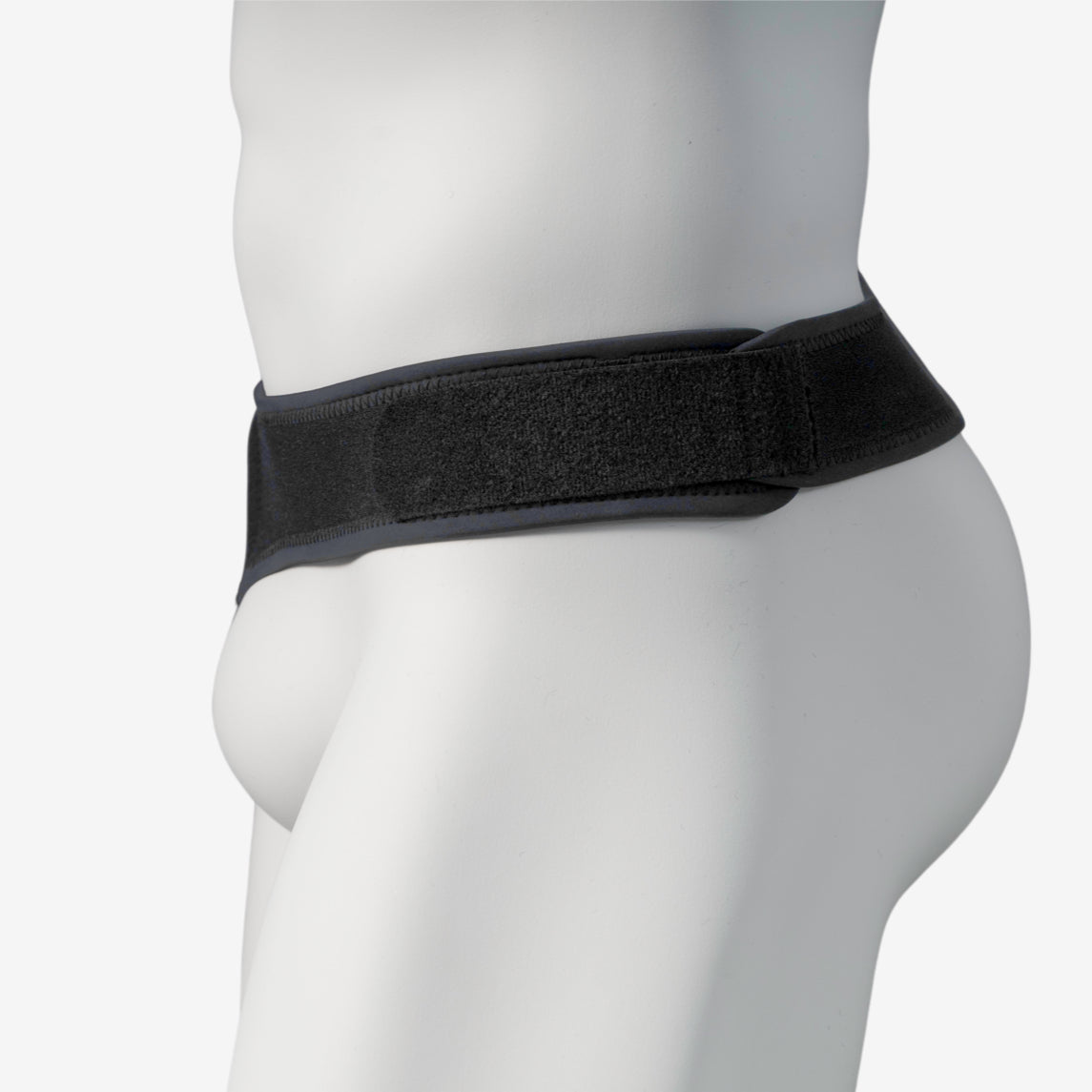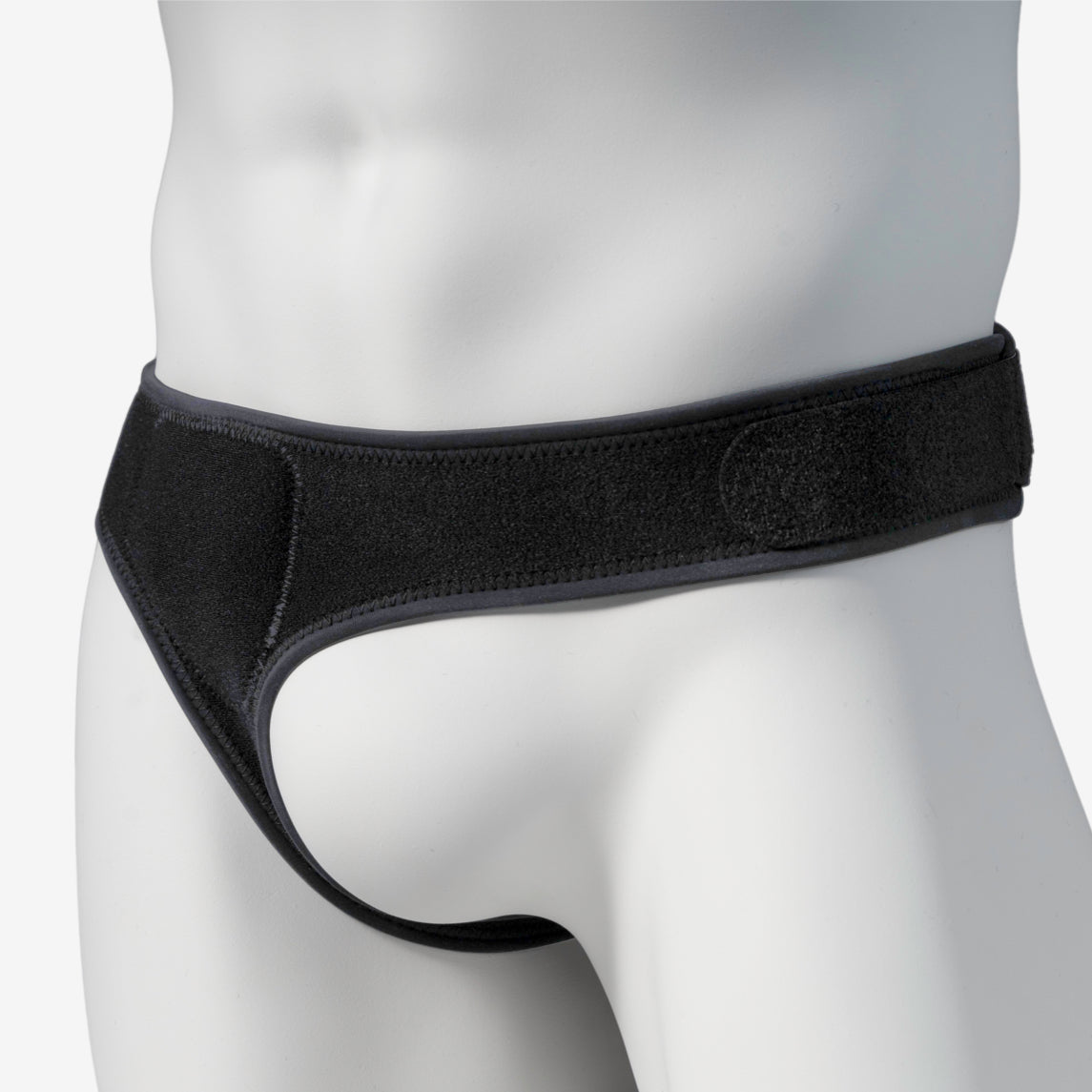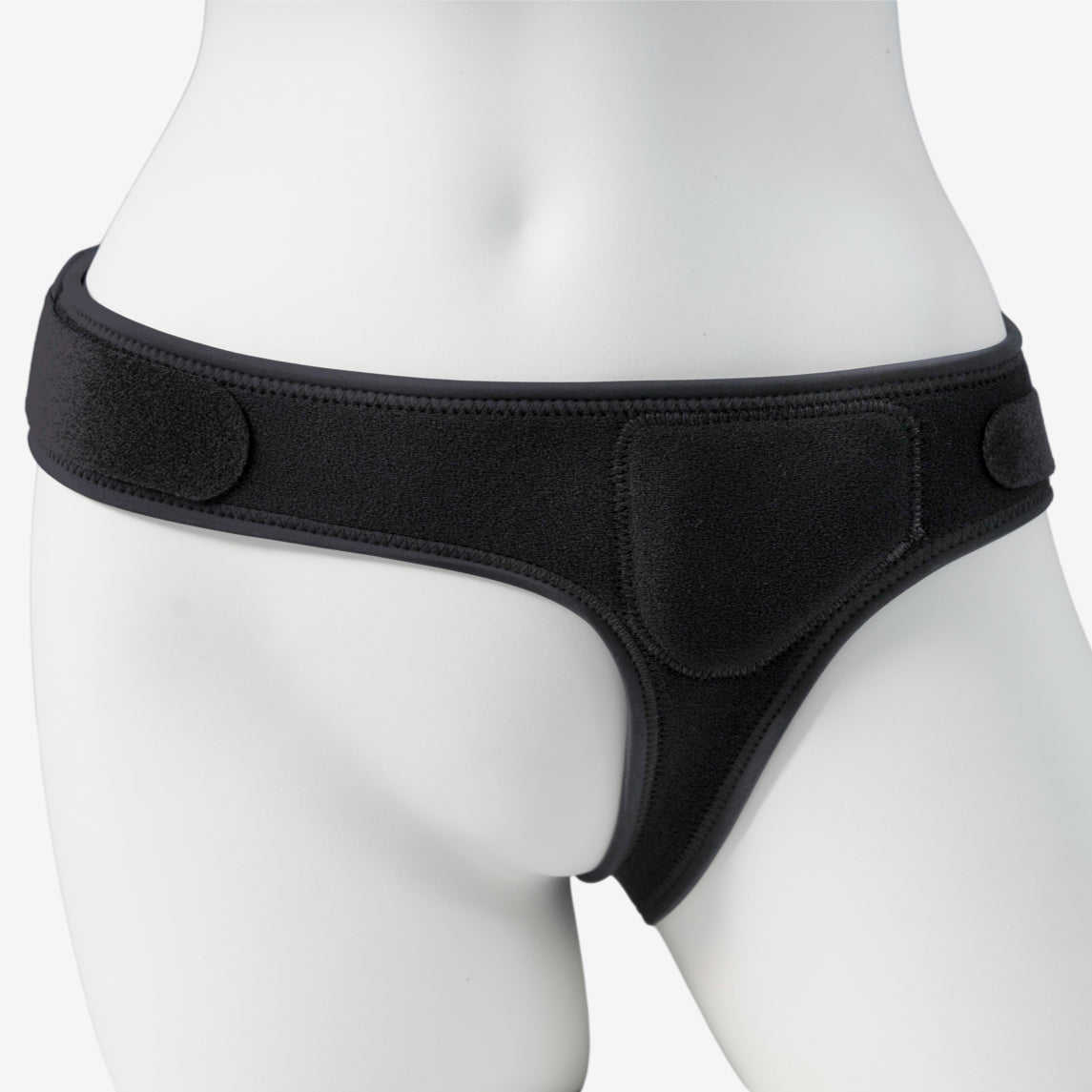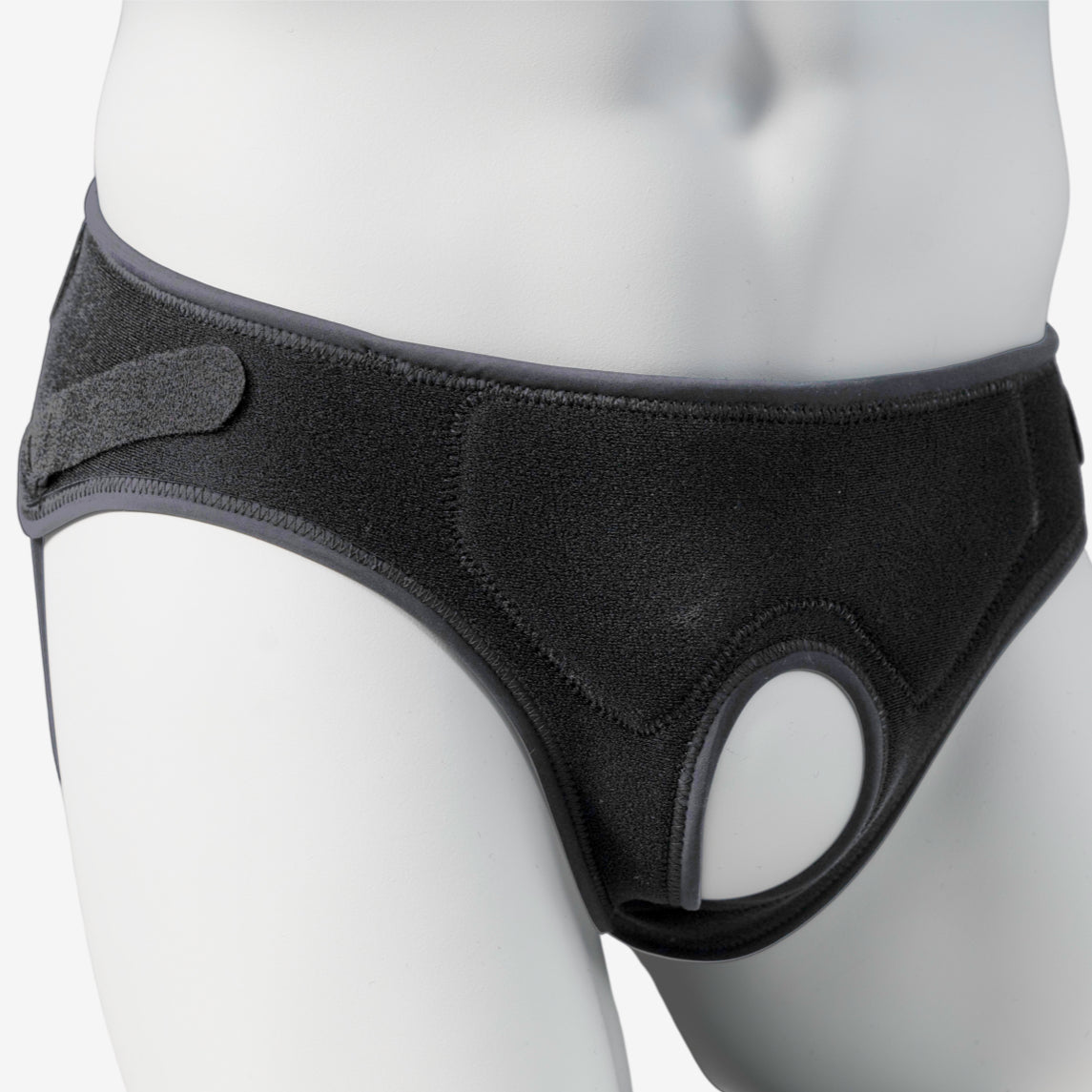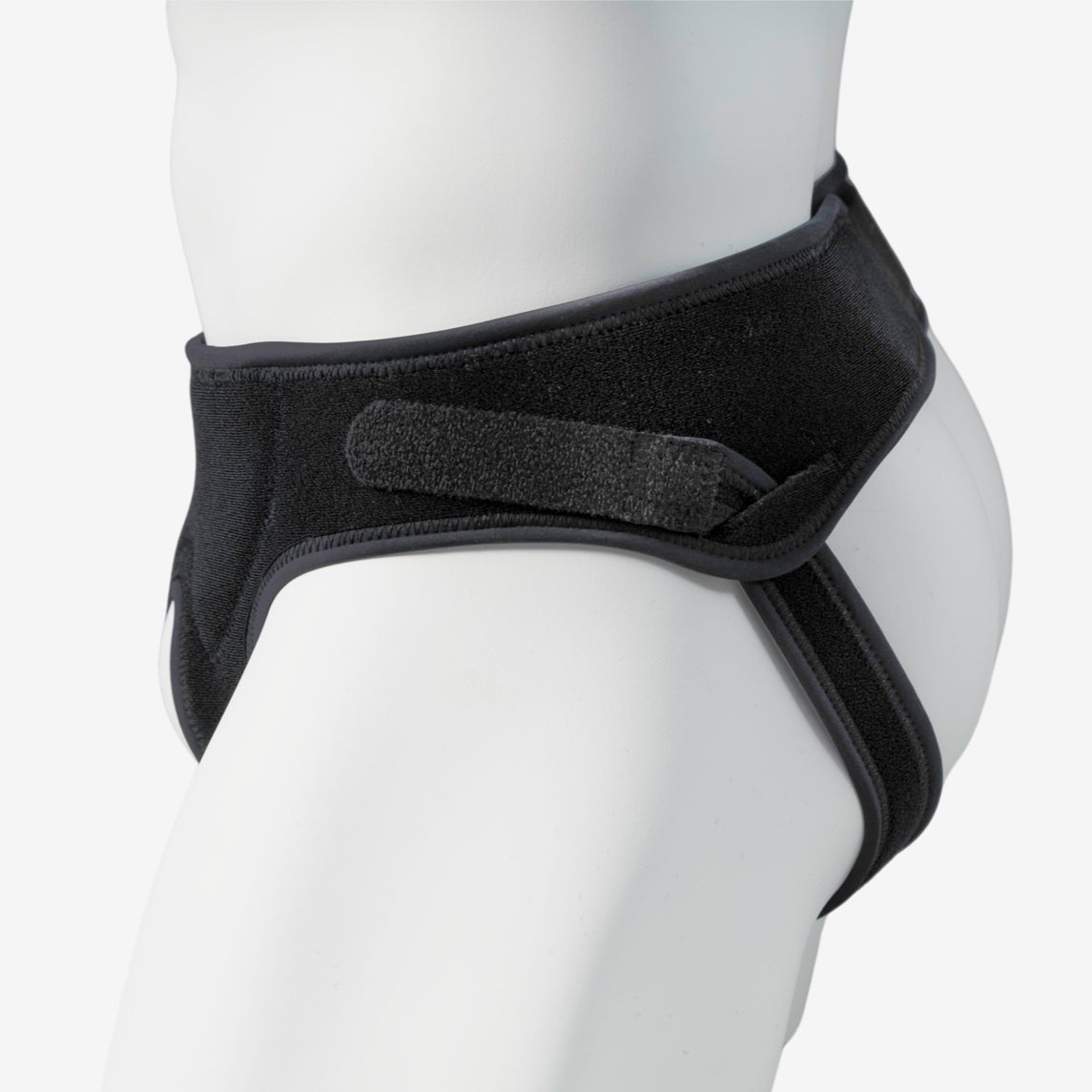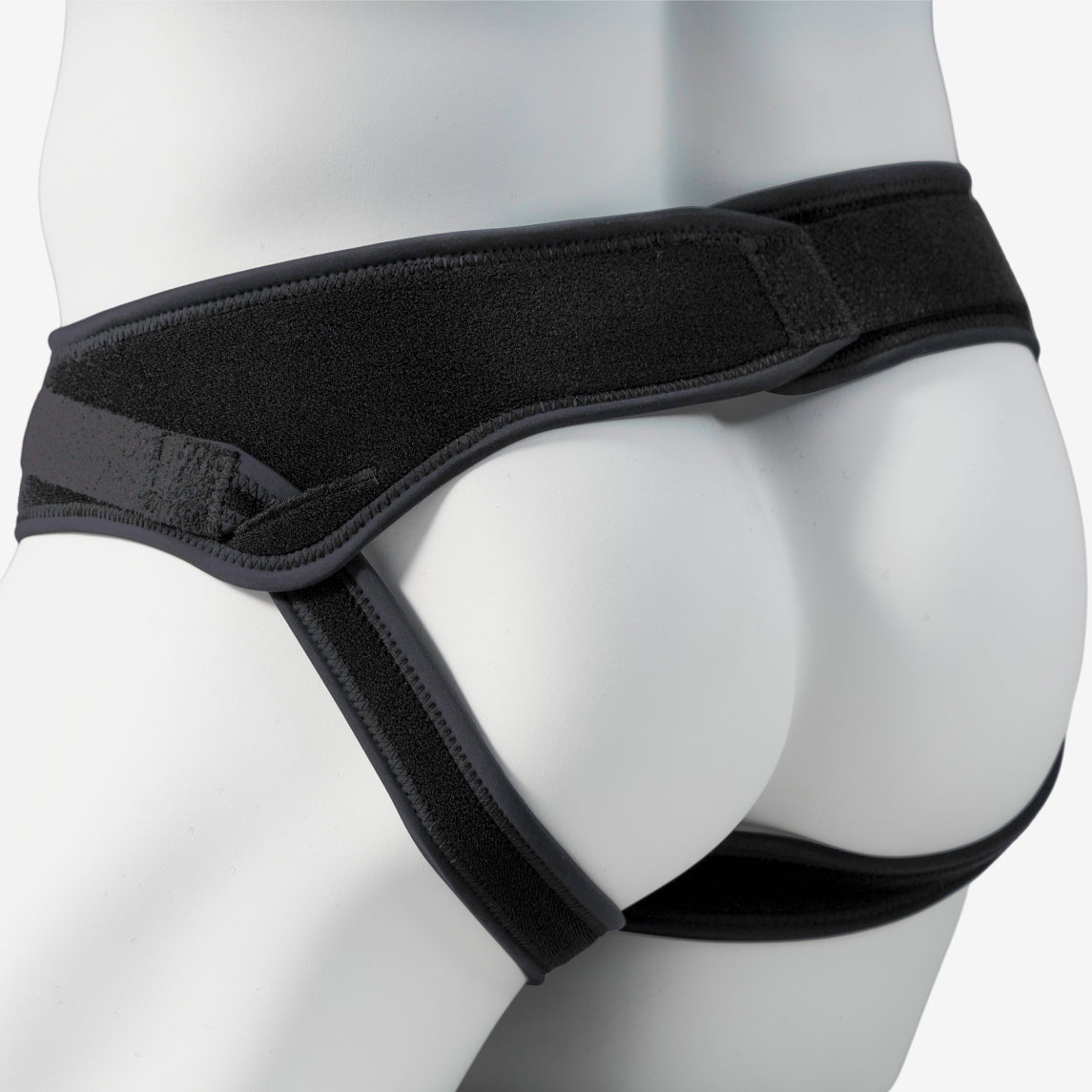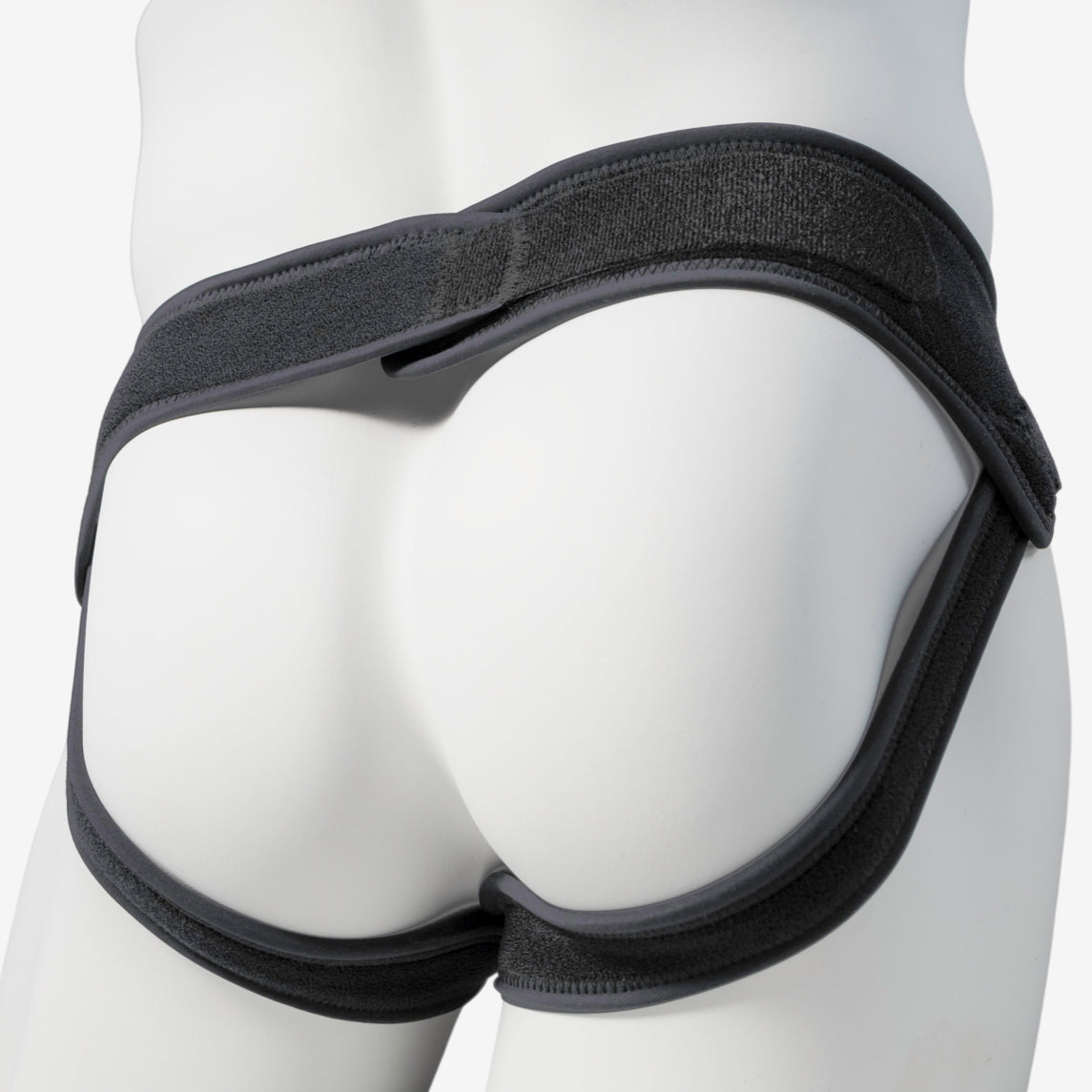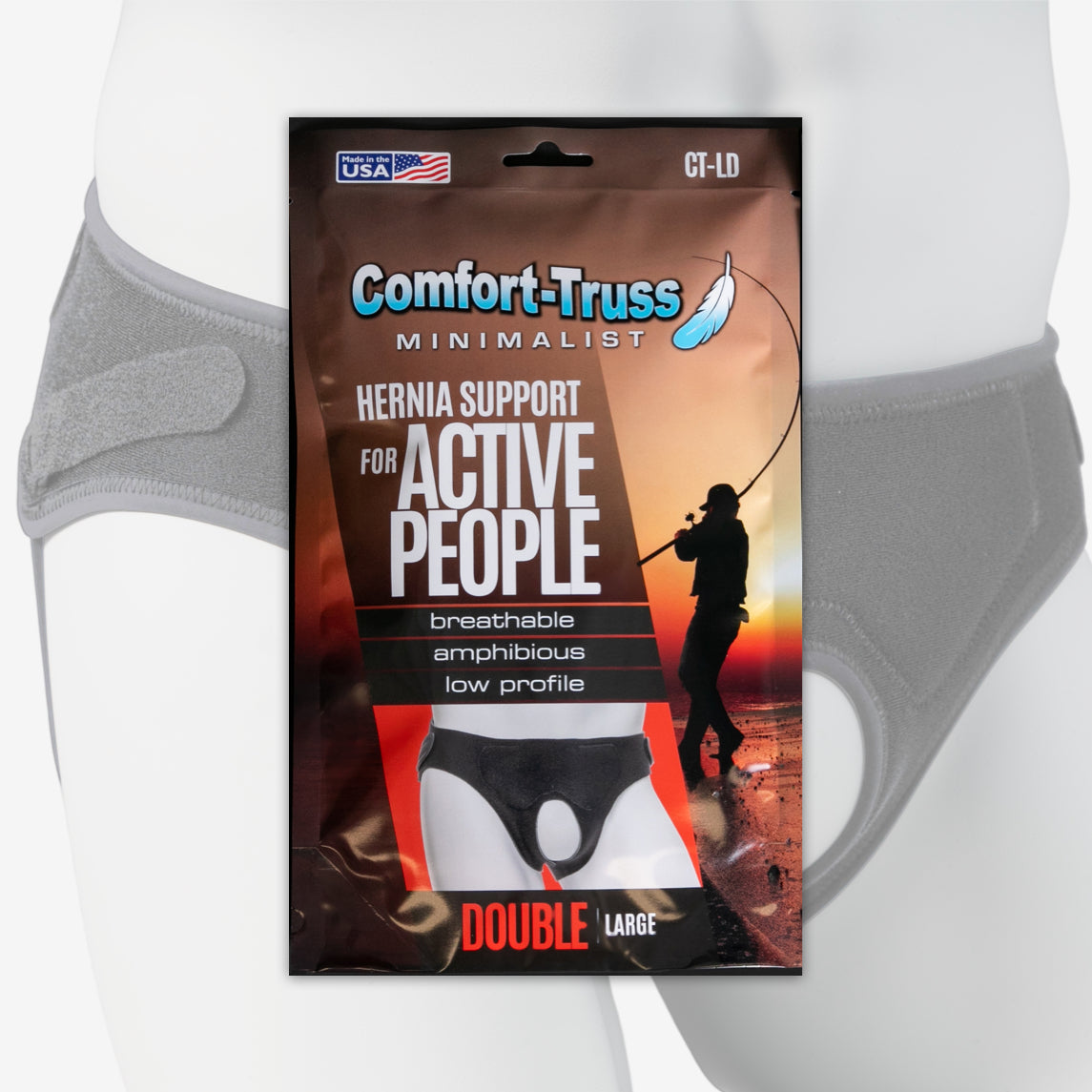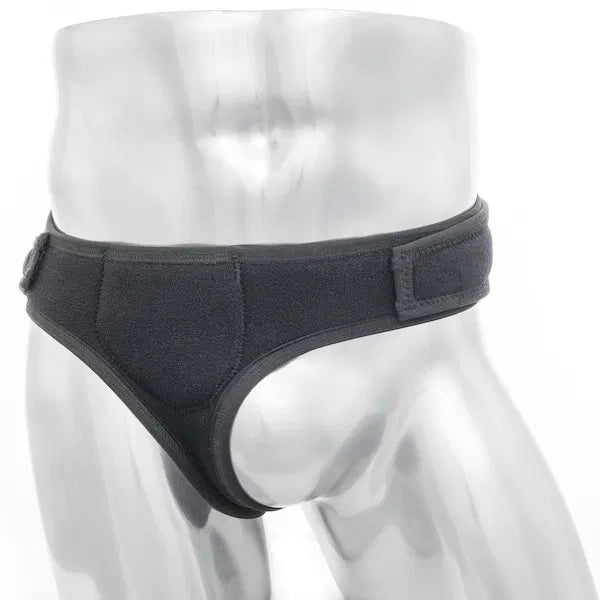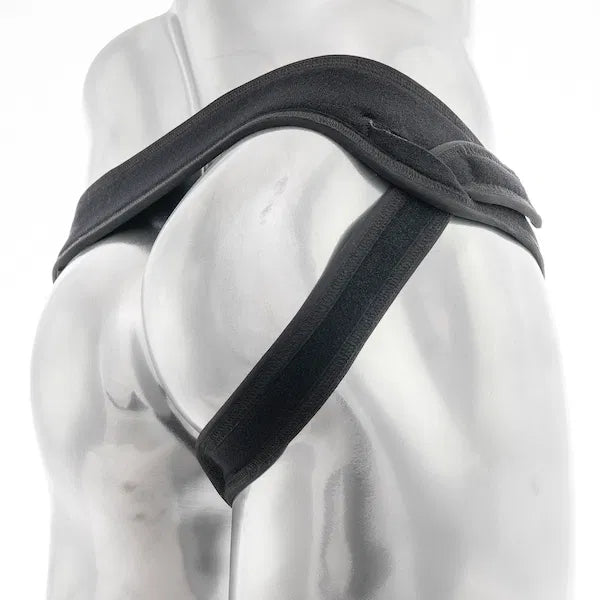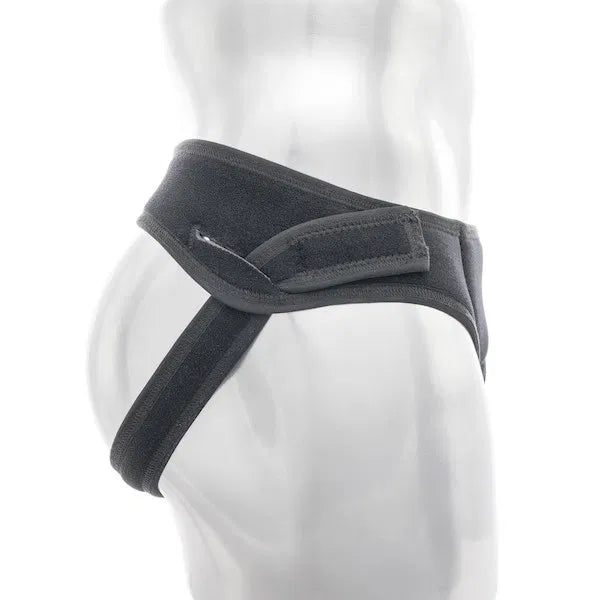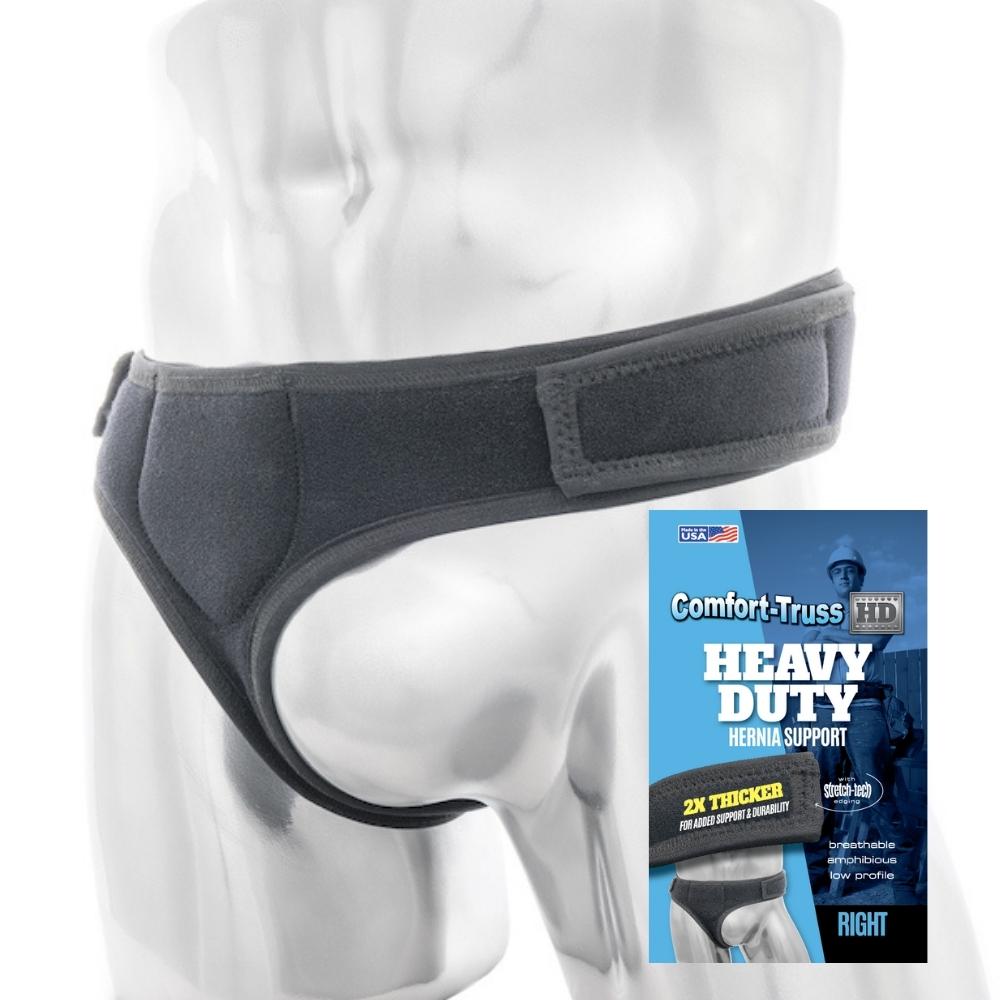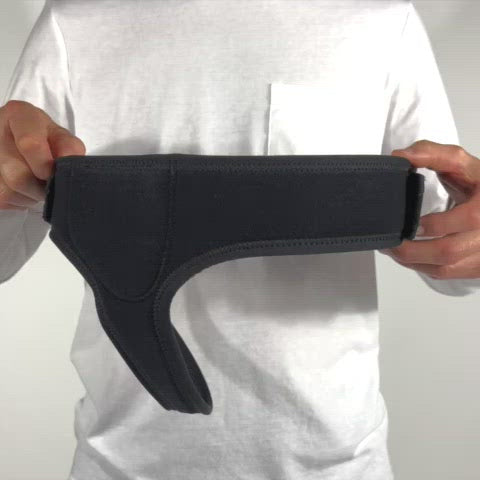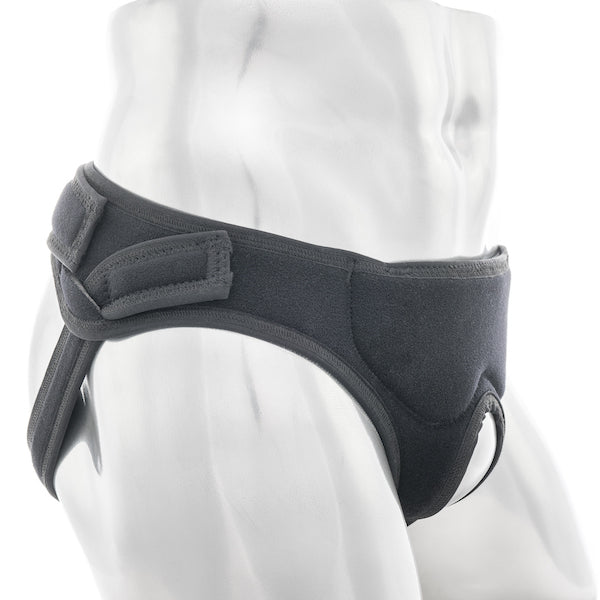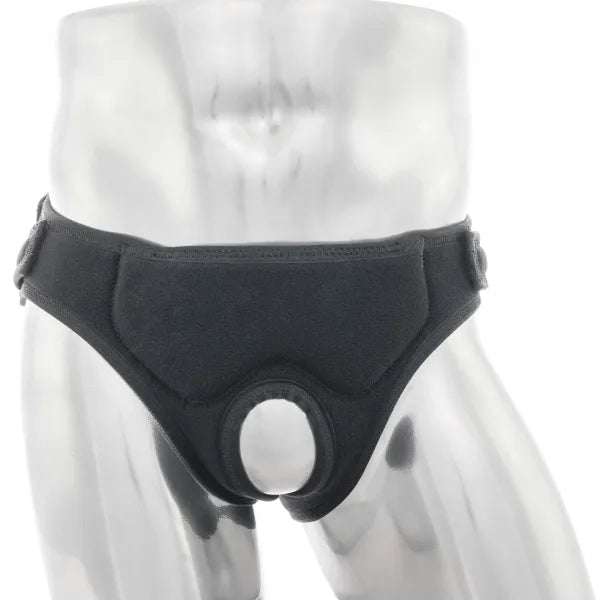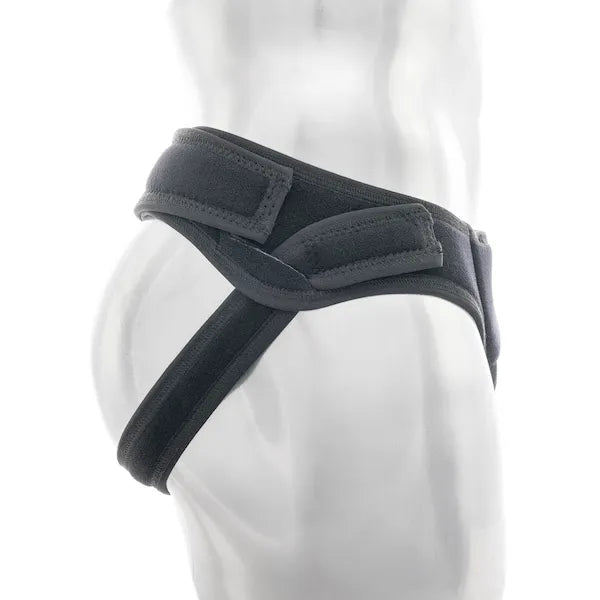A Hernia Diet Guide to the Best Foods for a Hernia and Foods to Avoid With a Hernia

By: Comfort Truss
Whether you've had a hernia in the past, are currently battling a hernia or are at risk of developing one, there are some definite lifestyle changes you'll want to make. One of the most important ones is your diet. Developing a hernia diet plan can help decrease your risk of developing hernias and also ease some of the discomfort associated with them.
In this article, we will take a look at tips for maintaining a healthy diet to manage the symptoms of hernias and reduce your risk of developing one in the future. We'll also explore how using a Comfort-Truss hernia support belt and enrolling in a Comfort-Truss proactive approach hernia intervention program can help if you have a hernia or think you may be developing one.
The Effects of Diet on Hernia Symptoms
If you're looking for tips on how to prevent a hernia, what you eat is a good place to start. Diet plays a crucial role in the severity of your hernia symptoms, and may even be a cause of some hernias. Certain foods can irritate the stomach lining and digestive tract, which can lead to inflammation. Following a diet for hernia patients can go a long way to improving your symptoms.
Best Foods for a Hernia Diet Plan
You may be wondering what to eat if you have a hernia. Foods that are high in fiber are a great way to avoid constipation and the associated hernia bloating and pain. Staying regular can also help prevent the development of a hernia in the first place as chronic constipation is often a risk factor.
Foods that are high in fiber include:
- Legumes
- Fruits and vegetables
- Whole grains

What Foods Should I Avoid With An Inguinal Hernia?
There are many types of foods to avoid for an inguinal hernia diet. Although high-fiber foods, in general, are good to eat if you have a hernia, certain fibrous foods can cause more bloating and gas, like mushrooms, onions, garlic, broccoli and cabbage.
Some other foods to avoid with a hernia include:
- High-fat foods. Foods that are high in saturated fat or trans fat can cause inflammation and weight gain, which can increase the risk of a hernia. Processed foods, red meat and dairy products are some of the fatty foods you should avoid.
- Sugary foods. Consuming too many sugary foods and drinks can lead to weight gain, increasing your risk of hernias. Pastries, soft drinks and cookies are examples of sugary foods that anyone on a hernia diet should avoid.
- Acidic foods. Foods that are highly acidic can irritate hernias. That includes coffee, orange juice and any caffeinated drinks.
How to Time Your Meals for a Hernia Diet
When following a hernia diet, when you eat your meals can be just as important as what you are eating.
Some tips for when you should eat your meals include:
- Avoid eating late at night.
- Eat your last meal or snack 3-4 hours before you go to bed.
- Eat more frequent, smaller meals spread throughout the day.
Cooking Tips for a Hernia Diet
How your food is prepared is a key element in reducing hernia symptoms caused by your diet. Fried foods can trigger symptoms, so avoid deep-frying and use healthier oils to sautė your foods, like olive or avocado oil. Also, use whole, fresh foods as much as you can, as they contain more fiber than processed foods.
George Hirst, the founder of Comfort-Truss, was able to manage his hernia without surgery. Using a hernia belt he devised for himself, and by making certain lifestyle changes, he was able to reduce his hernia to the point where he is now asymptomatic. You can learn the techniques George used to deal with his hernia and see how they can help you. The Proactive Approach to Hernia Intervention has everything you need to head down the right path to managing your hernia.

George Hirst
George Hirst is the creator of the Comfort-Truss hernia belt and the voice behind its blog. As an athlete determined to continue living an active life without surgery, and frustrated by the lack of comfortable, functional options after his own hernia diagnosis, he developed a solution that could keep up with an active lifestyle. His writing draws on deep personal experience, insights from a large community of hernia sufferers, and a commitment to helping others manage their condition without giving up the activities they love.








